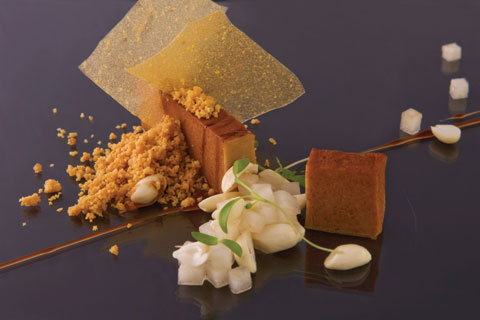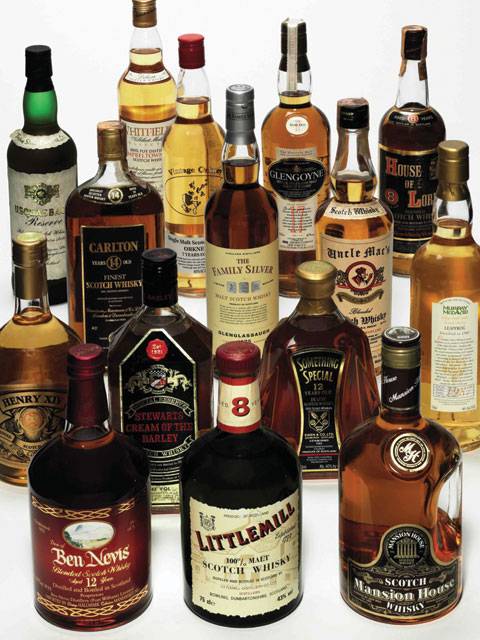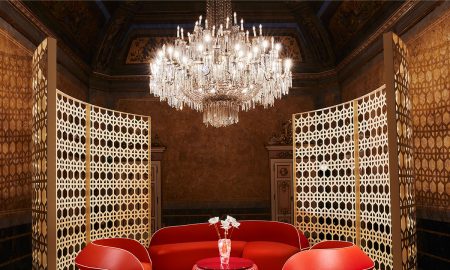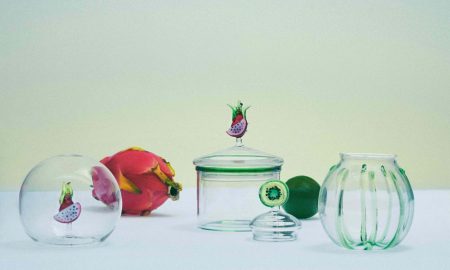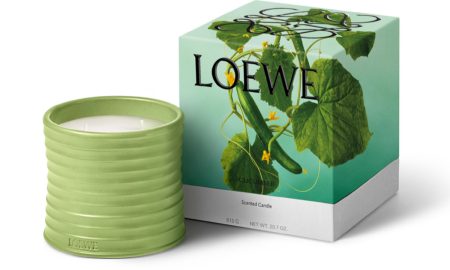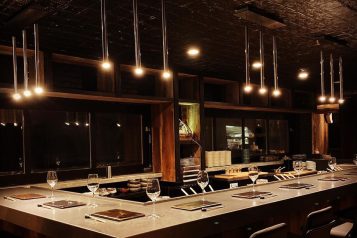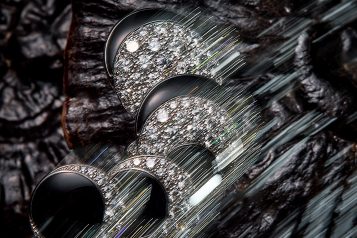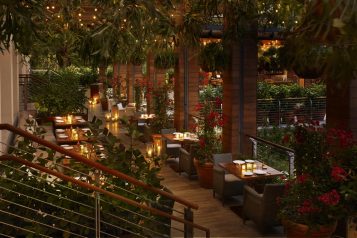There’s a new style of cooking that’s whetting the palates of foodies far and wide. The South Beach Wine & Food Festival explores the oddity known as molecular gastronomy.
By Marina Cashdan
At the South Beach Wine & Food Festival gourmands will convene on one beach to savor all of the world’s best talents, many who are, in some form, experimenting with this innovative form of cooking.
I’m seated at one of the bespoke chairs spotting the handsome dining room at Tailor, chef Sam Mason’s newly opened destination eatery in New York. I’m poring over the menu-which is divided into sweet and savory categories-struggling to decide between the chorizo-cured kampachi with sweet potato cream and potato granola or the roasted duck with spaghetti squash, chanterelles, and raisin dashi. (I’ve already chosen the bitter grapefruit tart with edamame ice cream and coriander for my sweet dish.) Raisin dashi, potato granola, and edamame ice cream? When was it that the options on the menu evolved from poached, grilled, or pan-fried to the cross-culturally-embellished dishes of sausage-cured fish and raisin-infused shrimp broth?
In the epoch of dining gone glam and food gone fashionable, the chef is an artist, his plate a canvas, and the pequin pepper, pickled pepper, and goose liver his medium. Chefs play with color and texture, material, aesthetics, and flavor-the plating is his exhibition, the restaurant his gallery space. Ferran Adrià, “alchemist of cooking” at Spain’s famed El Bulli restaurant in Catalonia and father of the culinary movement known as molecular gastronomy, put the food-as-art hypothesis on the map. He explored new possibilities in the kitchen, embracing science, new technological advances in equipment, and various natural gums and hydrocolloids produced by the commercial food processing industry.
Experimenting with unexpected textures and flavors, Adrià is best known for creating “culinary foam,” which proscribes cream and egg and is only made of the main ingredient-beets, mushrooms, etc.-and air. His influence has encouraged a pandemic culinary crusade, drawing in talents such as Mason’s former employer and friend Wylie Dufresne (WD-50, New York), Grant Achatz (Alinea, Chicago), José Andrés (Minibar, Washington), Heston Blumenthal (The Fat Duck, England), and more, actualizing dishes such as bacon-and-egg ice cream and snail porridge. Some of these palatable oddities make you laugh out loud; others seem superfluously eccentric. Certainly there is the intention of evoking a certain emotion and/or fascination.
To makes matters more complicated, advanced cocktail creators-otherwise known as mixologists or bar chefs-have joined the molecular bandwagon. Tailor’s dexterous mixologist Eben Freeman complements Mason’s dishes with “Tailor Made” spirits like “Tobacco Bourbon” and “Root Beer Rye” and libations in the form of fizzes (the Violet Fizz has egg whites and crème de violette), riffs on classic cocktails, and flat out wacky drinks like the Bazooka, made with a homemade bubble gum cordial, or cocktails in the form of marshmallows.
At the South Beach Wine & Food Festival gourmands will convene on one beach to savor all of the world’s best talents, many who are, in some form, experimenting with this innovative form of cooking. Part chef, part mad scientist, Wylie Dufresne-who puts together unthinkable flavor combinations and textures, like his candy cane-crusted Christmas lamb-will be among the chefs offering Miamians the world’s best fare. A few years after leaving the kitchen of Jean-Georges Vongerichten’s self-named restaurant, Dufresne introduced molecular gastronomy to New York with his Lower Manhattan eatery WD-50. New York is gatekeeper to the sophisticated American palate, and in turn WD-50’s success epitomized molecular cooking in the U.S. The fascination with the unusual style trickled down into other U.S. cities and now, a few years later, chefs of all generations and background are, at the very least, implementing more daring flavor combinations and in some cases, molecular-style textures (even without agents or fancy equipment). Admittedly the style has encountered skepticism, however, even the most serious adversaries of molecular gastronomy can’t deny that the technique has indeed forced the culinary world to rethink cooking and the dining experience.
Visit Dufresne, along with chef personalities like David Burke-who touched on molecular gastronomy with his zero carb, zero fat, zero cholesterol flavor sprays-Michelle Bernstein, Florence Tyler, Mario Batali, Zac Pelaccio, Jean-Georges Vongerichten, and others at this year’s South Beach Wine & Food Festival, February 21 through 24.
www.SoBeWineAndFoodFest.com







